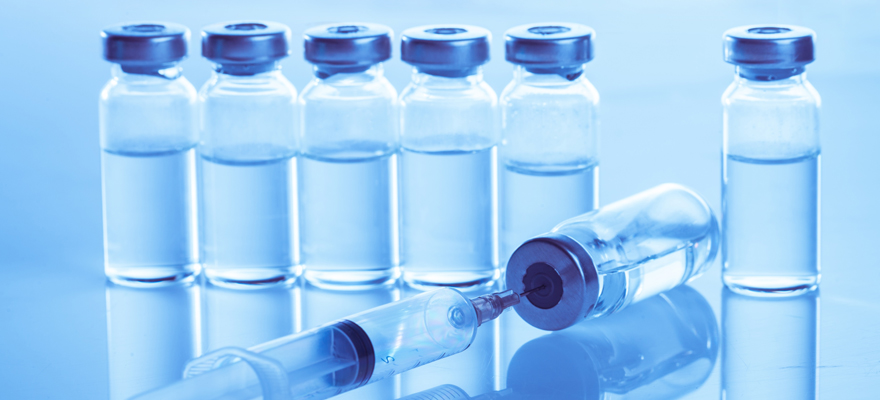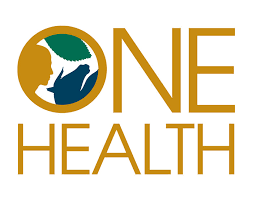Immunostimulators
Traditional pathways to control infections are based on antibiotics and vaccines. SIDANIS focuses on a novel third way of infection control - the development of immunostimulators to prevent or treat infectious diseases.
Immunostimulators support the immune system to ward off infections. Immunostimulators do not kill the pathogens directly as antibiotics, antifungals or antivirals do, but rather act on cells of the immune system which then recognizes and eliminates the pathogens more efficiently.
Glycoconjugate Immunostimulators
The recent works at SIDANIS and its cooperation partners provided solid evidence that the immune system of mammals can be activated selectively to ward off bacterial, fungal or viral infections by administration of so-called glycoconjugate immunostimulators (GCI).
GCI are derived from natural glycoconjugates which represent essential components of mammalian cell surfaces and play important roles in cellular recognition and signaling processes. Our development candidates have pronounced immunostimulatory profiles. They have proven their anti-infective efficacy and safety in various in-vivo studies with a variety of pathogens. GCI have no direct antimicrobial activity but rather act on cells of the immune system. Since GCI thereby do not exert a selection pressure on microorganisms (as antimicrobials do), the development of microbial resistance is unlikely.
One group of GCI will be developed as host defense modifier (innate immunity) to broadly ward off bacterial and fungal pathogens, whereas a second group will be developed as customized adjuvants (adaptive immunity) to control and augment specific immune responses in vaccinations with less immunogenic (sub-unit, epitope or recombinant) antigens.
Host defense modifier
Both GCI prototypes SDN-1001 and SDN-1009 augment natural host defense mechanisms against bacterial and fungal microorganisms.
A single injection of a GCI induces a significant immune protection in mice infection models with lethal pathogens. The infection defense by GCI is directed against a multitude of microorganisms, comprising Gram-positive or Gram-negative, extracellular of intracellular bacteria as well as fungi. GCI thereby outbalance the possibilities of antimicrobial therapies of most antibiotics.
In a clinical pilot study the efficacy of SDN-1001 was also demonstrated in farm animals. After a single injection of the drug the course of a severe respiratory tract infection was significantly mitigated and clinical symptoms were reduced. Systemic or local intolerance to the injection of SDN-1001 was not observed.
In contrast to the above mentioned compounds, the GCI SDN-1014 represents the lead structure of a promising antiviral immunostimulator and will be investigated as a host defense modifier against viral infections like hepatitis or birds flu.
Adjuvants
Adjuvants are essential components of modern vaccines and are used to reinforce immune reactions in vaccinations. Despite many decades of development, only a few types of adjuvants are currently included in vaccines that are approved for use in humans.
Unlike the aforementioned GCI, SDN-1010 represents the prototype of a GCI-class which stimulated the adaptive immunity in many vaccination experiments. After injection with low immunogenic antigens (inactivated viral vaccines, epitope vaccines, recombinant vaccines) SDN-1010 induced high antibody titers and long-lasting immunity also in sheep and provided protection in subsequent challenge experiments.




